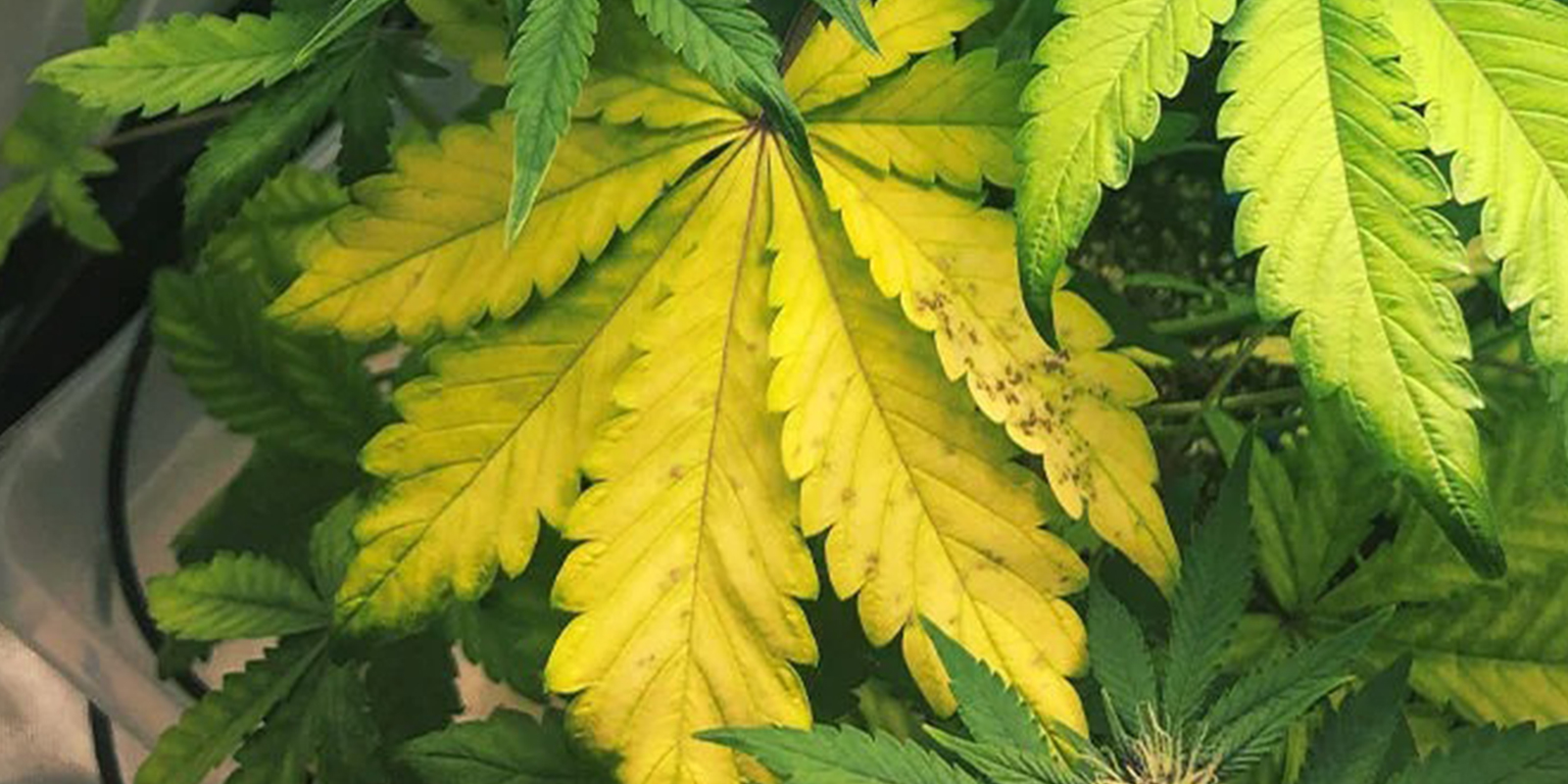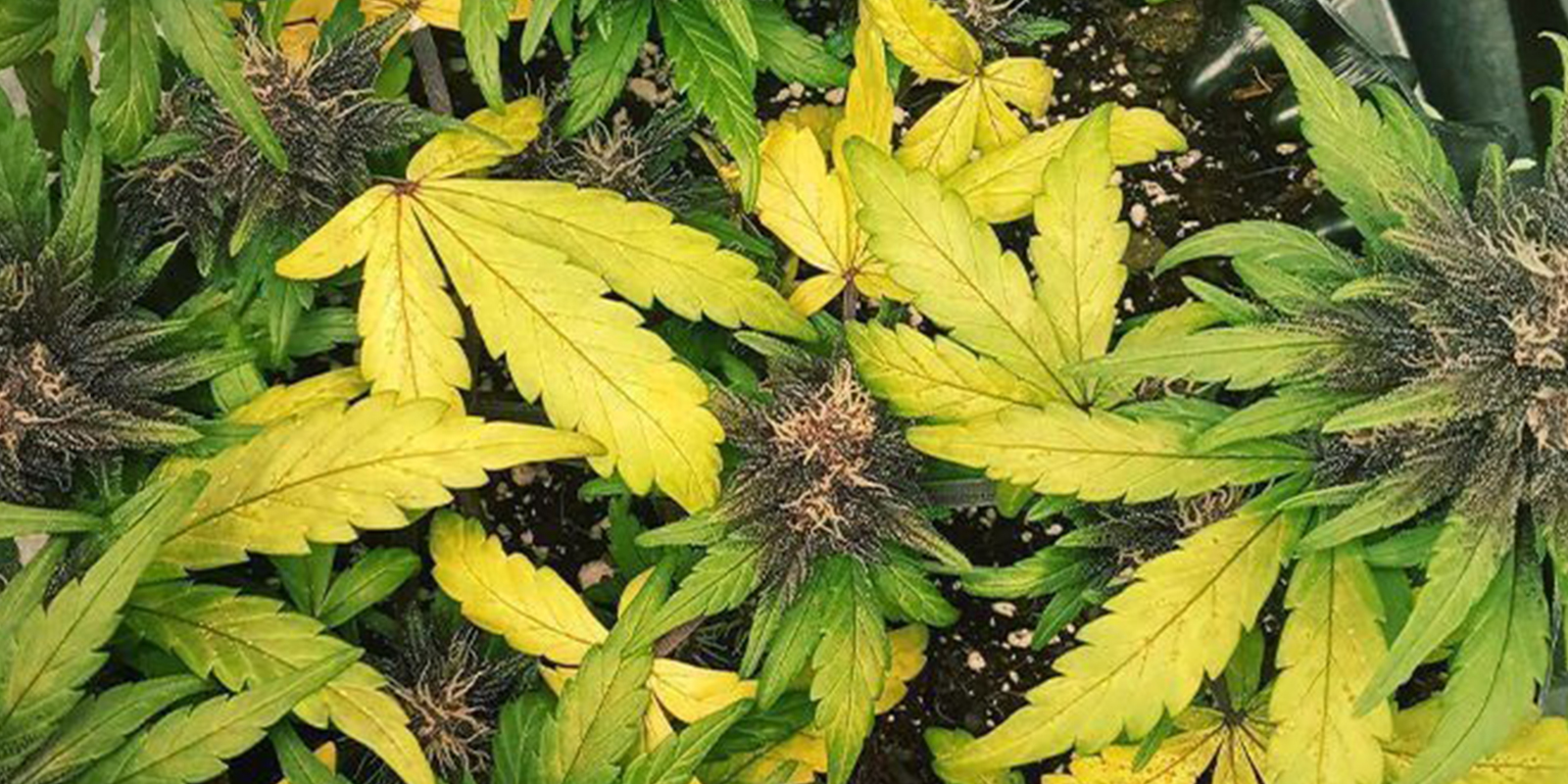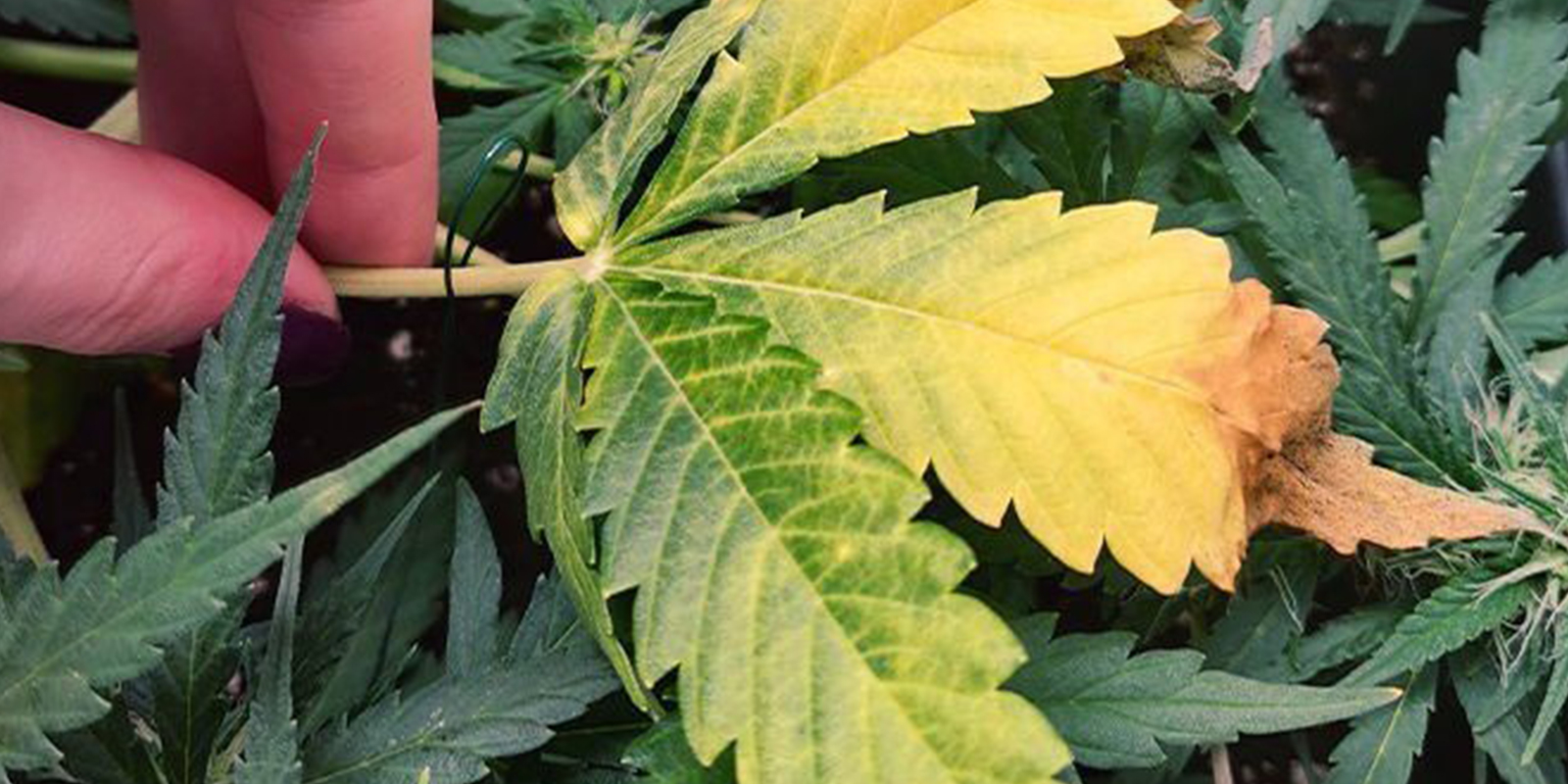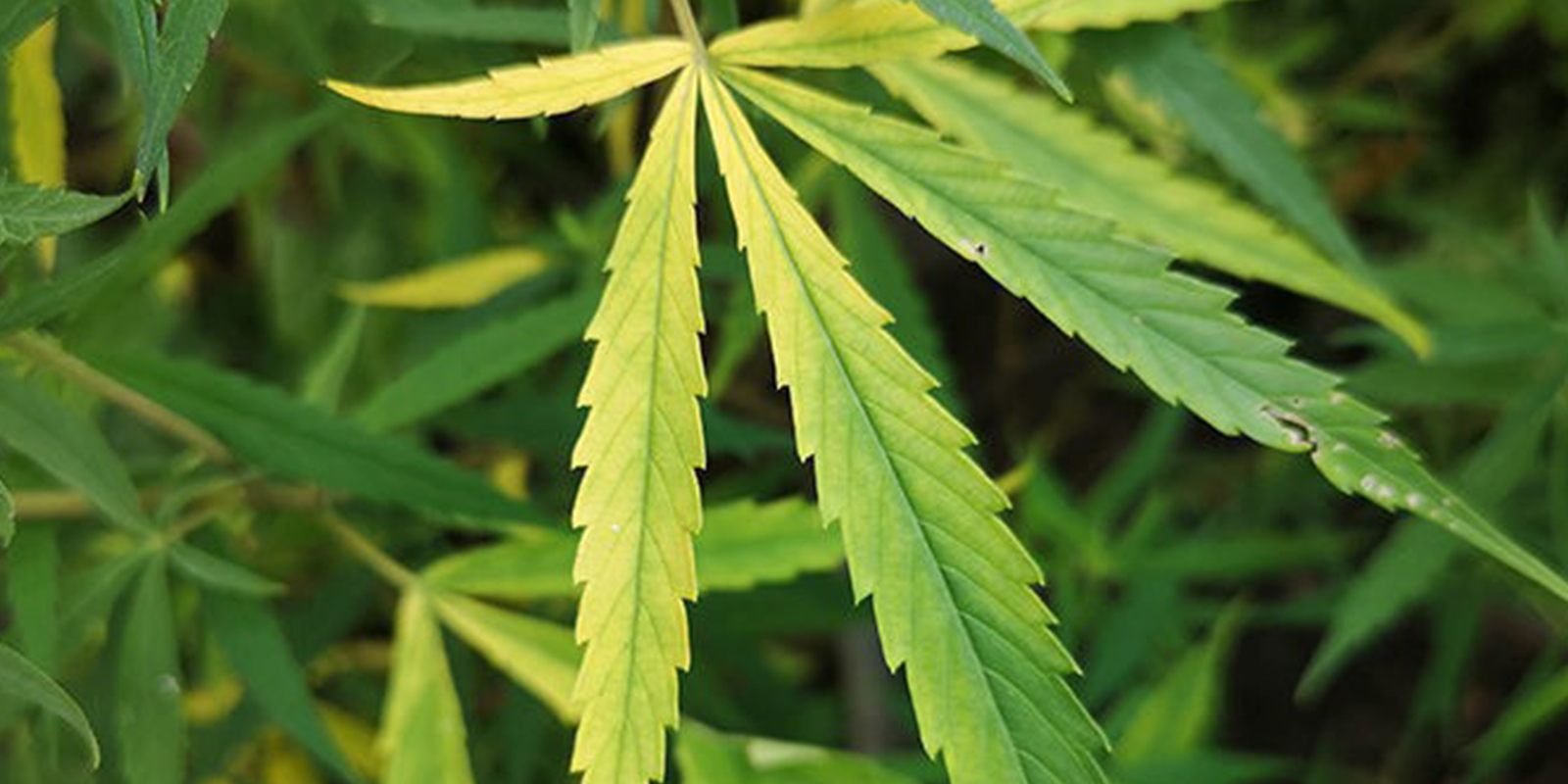Nitrogen deficiency in cannabis plants
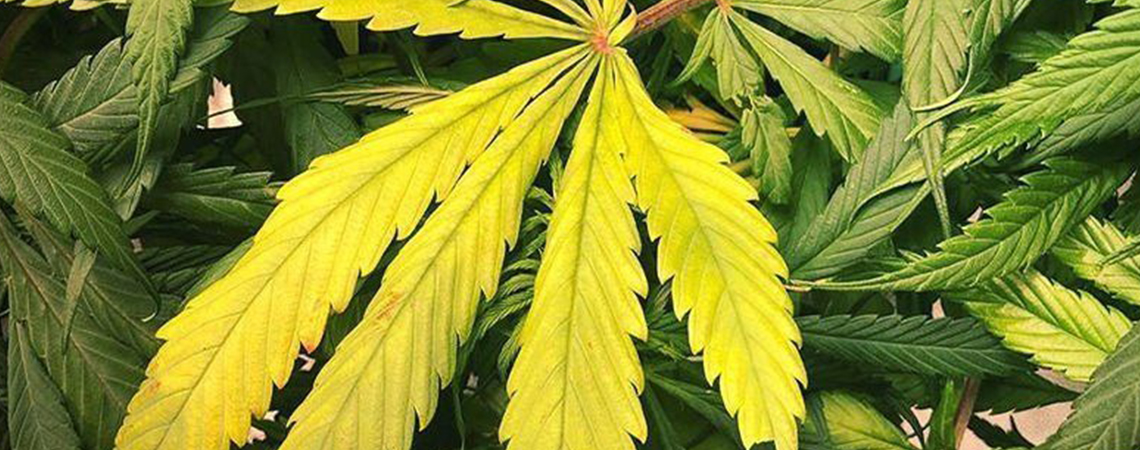
Yellowing leaves and stunted growth are classic signs of nitrogen deficiency in cannabis. Learn how to identify early symptoms, apply effective organic or synthetic fixes, and prevent future problems. This essential grower's guide will keep your plants healthy and your harvest strong.
Are your cannabis leaves starting to turn yellow? If so, nitrogen deficiency in weed might be the reason. This common issue can quickly weaken your plants, but it's easy to recognise and resolve with the proper knowledge. In this guide, we'll explore why nitrogen is such an essential nutrient for healthy cannabis growth, how to identify the early signs of a deficiency before it spreads, and the best ways to correct the problem using both organic and synthetic methods.
You'll also learn how to distinguish nitrogen deficiency from other issues like nutrient toxicity or light stress and discover practical steps to prevent it from happening again in future grows, ensuring your harvest stays strong, healthy, and full of flavour.
Key Points:
- Spot it early: Nitrogen deficiency shows first in the lower leaves, which turn yellow as the plant redirects nutrients to new growth.
- Confirm it: Rule out other issues by checking pH and TDS levels, and compare symptoms with toxicity, light burn, or magnesium deficiency.
- Fix it fast: Use organic solutions like worm castings, compost tea, or fish meal, or choose synthetic fertilisers with higher nitrogen ratios.
- Prevent it: Maintain proper pH, rotate nutrient types, and consider slow-release fertilisers to keep plants balanced throughout the grow.
Early symptoms of nitrogen deficiency
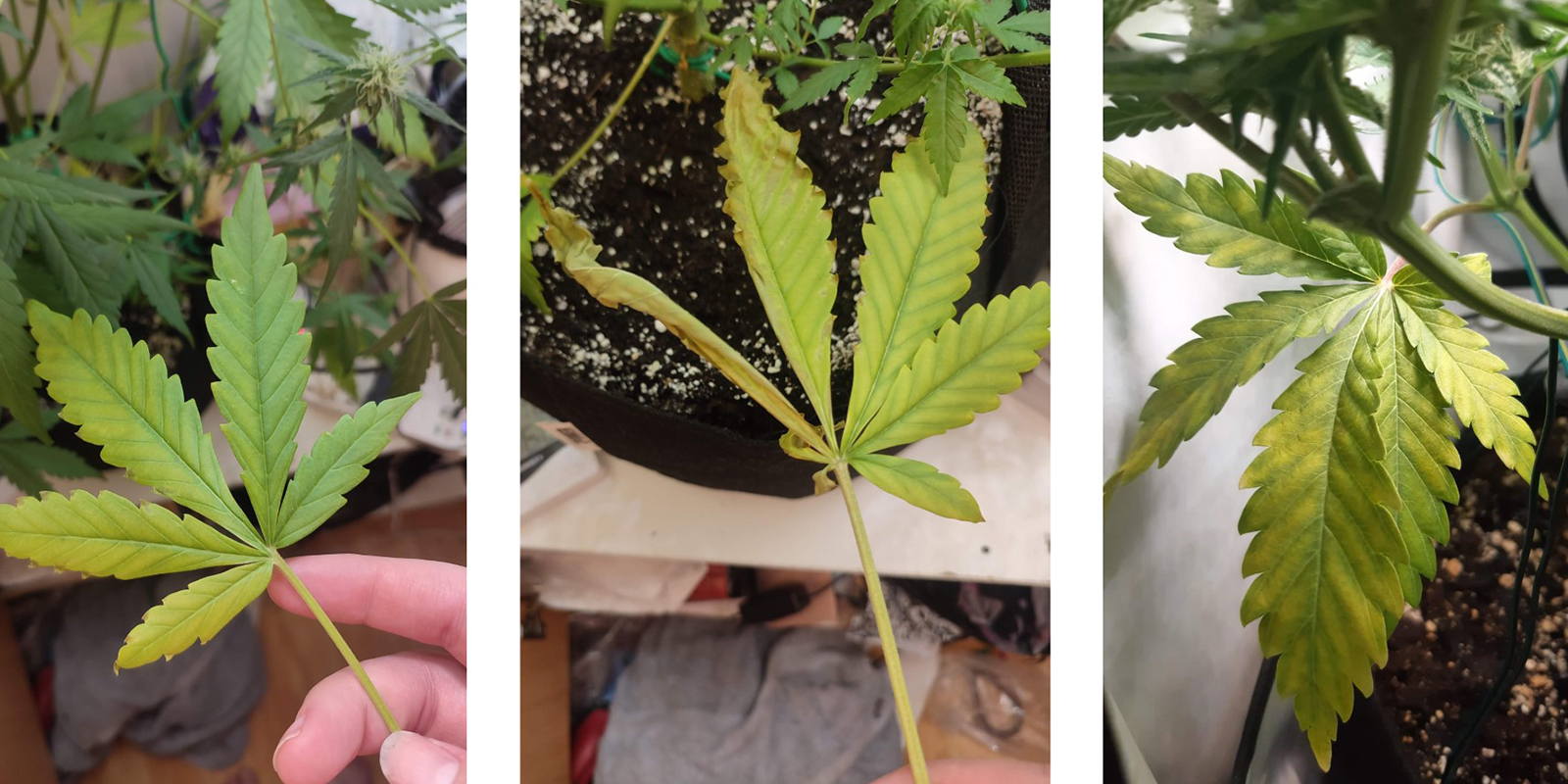
The first signs of nitrogen deficiency in cannabis are often subtle, but they progress very quickly if left unchecked. As mentioned, plants draw nitrogen from the lower leaves to sustain new growth because nitrogen is a mobile nutrient. This is why the earliest warning appears as a gradual yellowing of older, lower leaves while the top of the plant still looks green and healthy.
As the deficiency develops, growers may notice stunted growth. New shoots emerge more slowly, and overall plant size remains smaller than expected. Without enough nitrogen to fuel photosynthesis, the plant simply can't produce the energy required for vigorous development.
Another common symptom is the emergence of thin stems and pale foliage. Stems may appear weak or spindly, and leaves fade from vibrant green to pale, then yellow. In more advanced cases, these leaves will dry up, curl, and eventually fall off, leaving the plant sparse and underdeveloped.
Recognising these early symptoms is essential, and acting quickly at this stage can restore balance and save your cannabis from further stress.
Symptoms of nitrogen deficiency
How to confirm it's a nitrogen deficiency
.jpg)
Although alarming, not every yellowing leaf is a sign of nitrogen deficiency. Cannabis plants can show similar symptoms when faced with other nutrient or environmental issues, so confirming the cause is essential before taking action.
One of the most common mix-ups is with nitrogen toxicity. While deficiency causes pale green and yellow leaves that weaken and drop off, toxicity shows the opposite pattern: dark, almost bluish-green leaves with tips that claw downwards. Plants suffering from toxicity may look lush initially, but their growth slows, and bud development is compromised.
Another frequent cause of confusion is light burn or magnesium deficiency. Light burn typically affects the uppermost leaves closest to the grow light, leaving them bleached or crisp, whereas nitrogen deficiency begins with the lower, older leaves.
Magnesium deficiency, on the other hand, creates a marbled or interveinal yellowing pattern where the veins stay green but the tissue between them fades, a clear distinction from the uniform yellowing of nitrogen-deficient leaves.
For an accurate diagnosis, measuring the pH and nutrient levels in your soil or growing medium is also helpful. Cannabis absorbs nitrogen most effectively when the root zone pH is kept in the ideal range (6.0–7.0 in soil, 5.5–6.5 in hydro). Using a pH meter alongside a TDS (total dissolved solids) pen allows growers to determine whether the issue stems from an actual lack of nitrogen in the medium or if the nutrients are present but locked out due to an imbalanced pH.
By carefully observing symptoms and backing up your assessment with pH and TDS measurements, you can confirm whether you're truly dealing with nitrogen deficiency before applying the right solution.
Fixing nitrogen deficiency in cannabis
Once you've confirmed that your cannabis is suffering from nitrogen deficiency, the next step is to restore balance. The right solution depends on your growing style, the severity of the deficiency and whether you prefer organic or synthetic inputs. Both approaches can be highly effective when used correctly.
Organic fixes
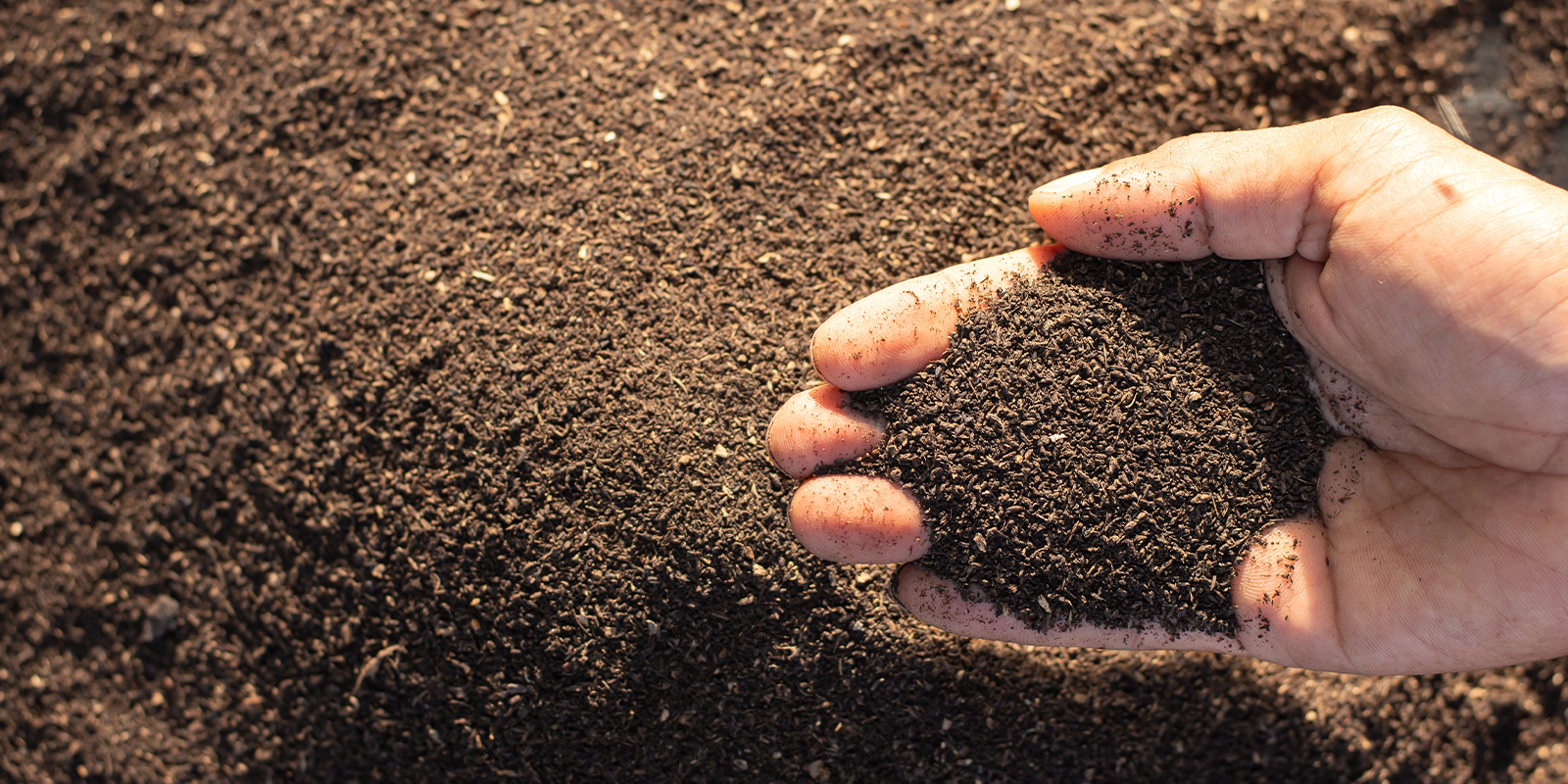
For growers who want to keep things natural, there are several tried and tested organic sources of nitrogen that can be introduced into the soil or growing medium. Worm castings are a favourite because they provide a slow, steady release of nitrogen while also improving soil structure and microbial life. Simply mixing them into the top layer of soil or using them in a tea can quickly boost plant health.
Another option is compost tea, a nutrient-rich liquid brewed from high-quality compost. It not only delivers readily available nitrogen but also enhances the microbial activity in the root zone, making other nutrients easier for the plant to absorb. Similarly, fish meal offers a potent nitrogen boost while supporting long-term soil fertility. Its slow-release nature makes it especially valuable for organic growers who want a more sustainable fix without risking overfeeding.
These organic approaches are particularly well-suited for soil-based grows, where the living ecosystem of the substrate plays a vital role in nutrient cycling. If you're considering applying an organic solution to your nitrogen deficiency, here's a handy article to help.
Synthetic nutrient solutions
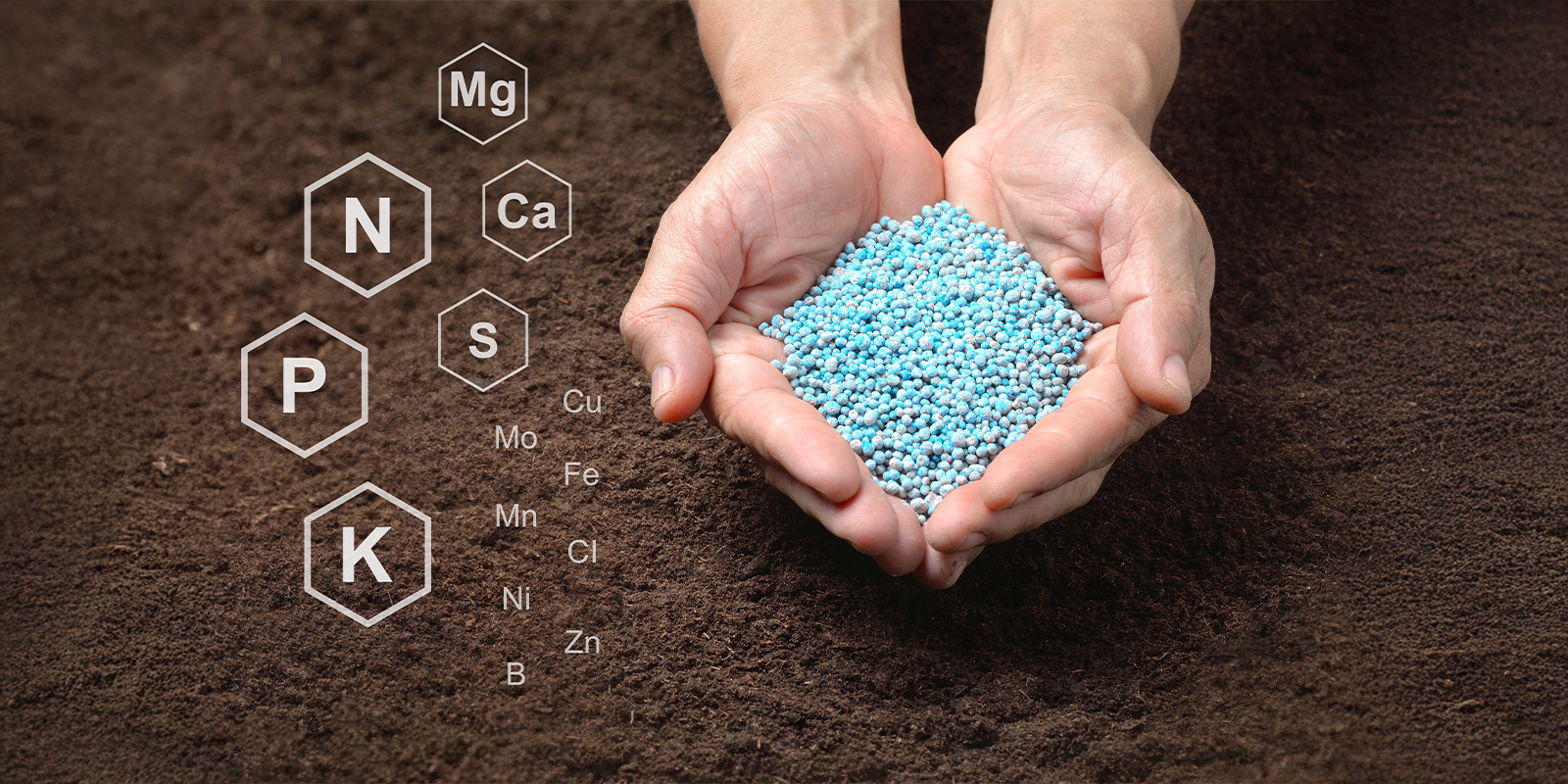
For faster results, many cultivators turn to synthetic fertilisers. These typically come in the form of NPK (nitrogen, phosphorus, potassium) formulas, which are easy to measure, apply and absorb. Look for a balanced fertiliser with a higher nitrogen ratio (such as 10-5-5 or similar) to quickly replenish the deficiency during the vegetative stage.
Timing and application are crucial. Apply nutrients gradually, monitoring how your plants respond, and avoid dumping too much nitrogen at once; otherwise, you risk nitrogen toxicity. In hydroponic systems, where changes take effect almost immediately, be especially precise with dosages. Adjust the nutrient mix slowly and recheck levels with your TDS pen to stay within safe ranges.
Synthetic options are ideal when plants need rapid recovery, especially in situations where organic amendments might take too long to show visible improvements. If you'd like to explore the differences between synthetic and organic fertilisers in more detail, check out our dedicated guide on synthetic vs organic fertilisers.
Can I still use affected plants or buds?
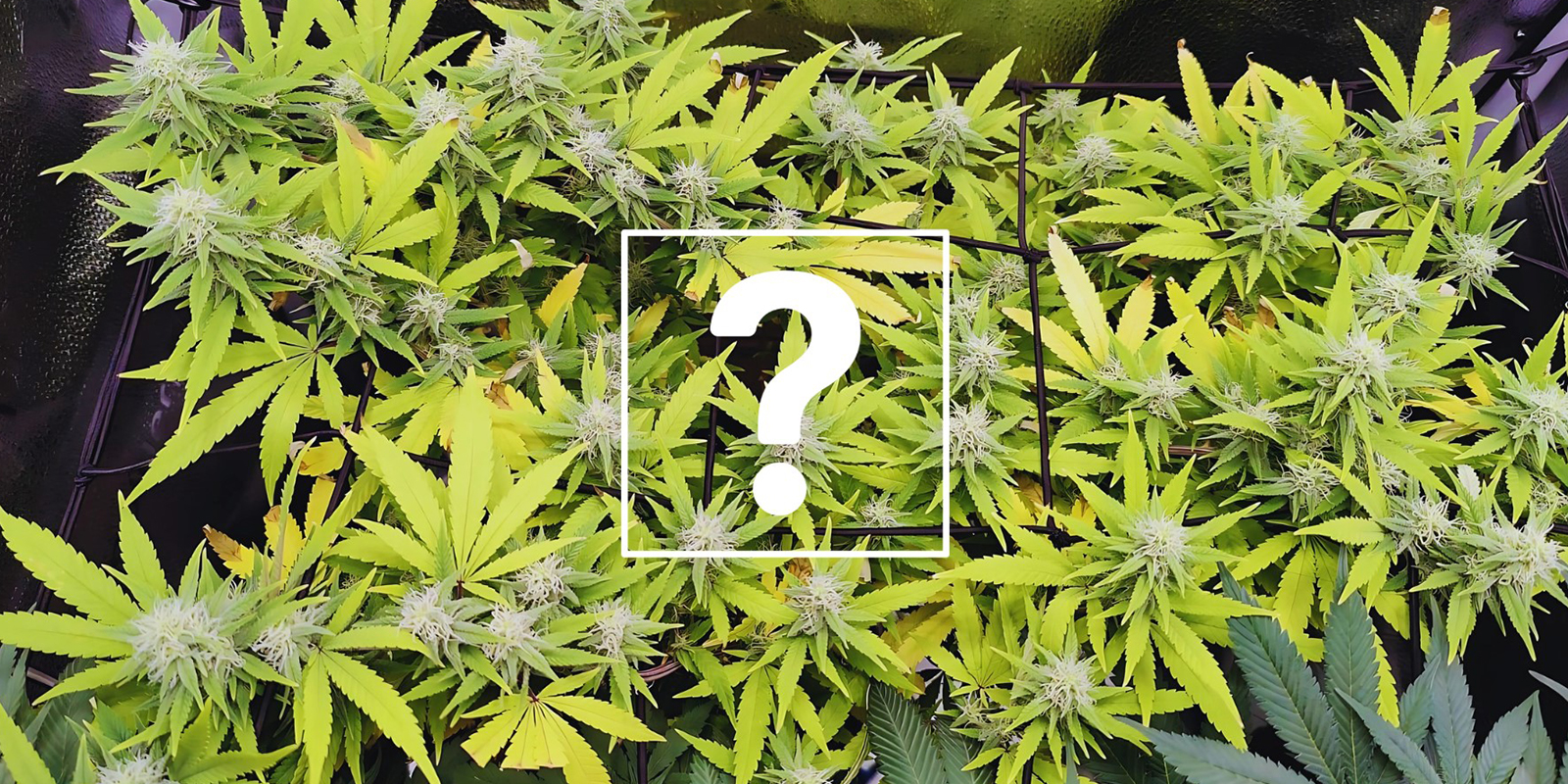
Discovering nitrogen deficiency late in the growing cycle can leave many cultivators wondering whether their plants, and eventual harvest, are still usable. The short answer is yes, but with some important caveats.
First, nitrogen deficiency almost always results in reduced yield. As the plant struggles to produce energy, it develops fewer leaves and branches, which means less bud production overall. The deficiency can even lead to plant death before harvest in severe, untreated cases.
Weakened plants also develop a less robust immune system, leaving them more susceptible to pests, mould, and diseases. A nitrogen-starved cannabis plant is less capable of defending itself, so growers must be especially vigilant if deficiencies occur during flowering.
When it comes to consumption, buds from affected plants are generally safe to use, provided they haven't been compromised by pests, mould or chemical imbalances. However, growers should be aware that deficiencies can impact the quality of the final product. A lack of nitrogen during growth can lead to smaller buds with reduced potency, lower terpene production and diminished flavour.
In other words, while you can still harvest and consume cannabis from nitrogen-deficient plants, the results may fall short of expectations. Addressing the problem early is the best way to protect both the quantity and quality of your yield.
Preventing future nitrogen deficiency
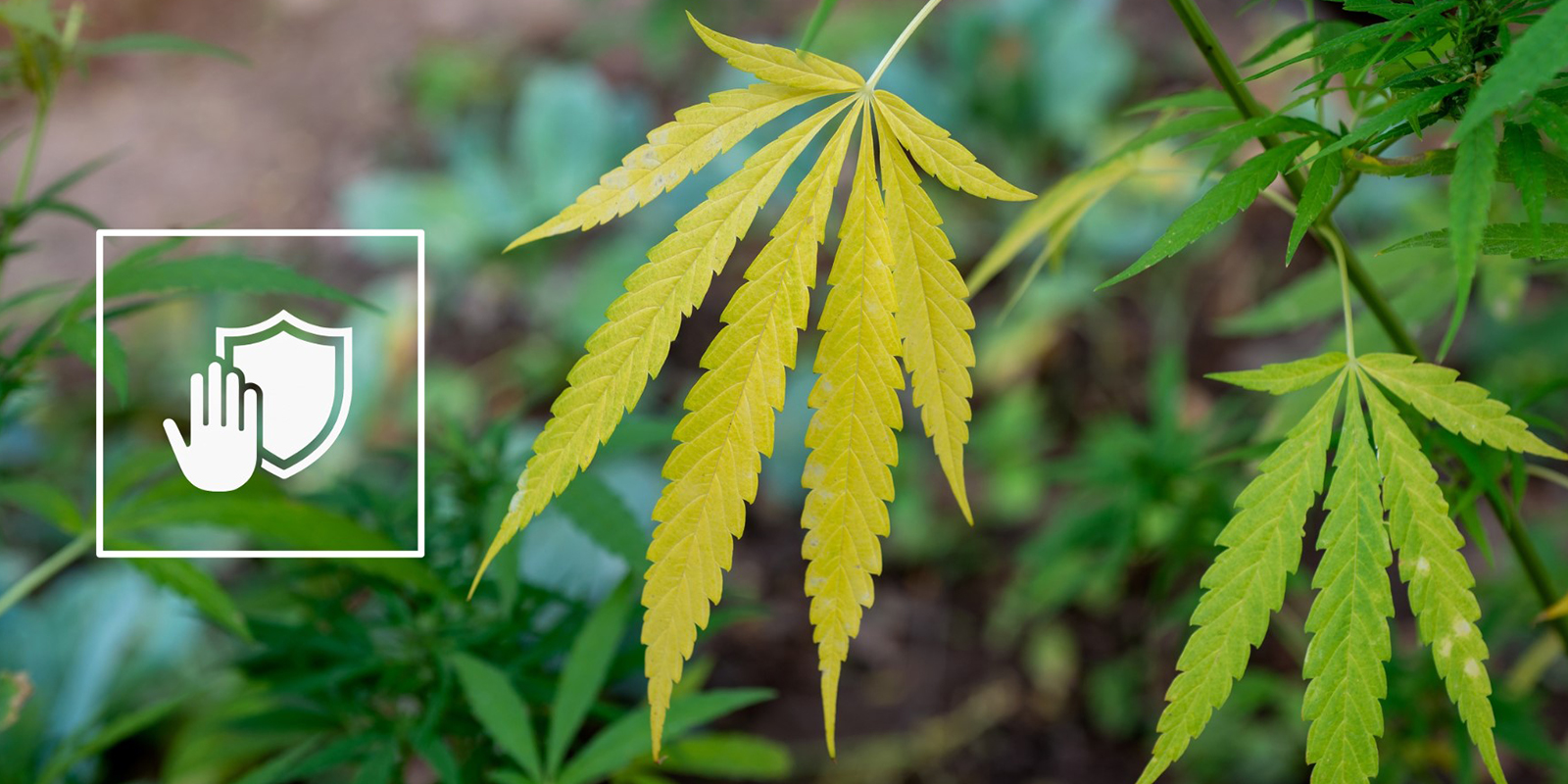
The best way to deal with nitrogen deficiency is to stop it from happening in the first place. With a few proactive measures, growers can maintain a balanced nutrient profile and keep their cannabis thriving throughout the entire grow cycle.
One of the most effective steps is regularly monitoring soil and water pH. Cannabis can only absorb nitrogen efficiently within a specific pH range. However, if the pH strays outside this window, nitrogen may be present in the medium but locked away from the roots. Regular testing with tools like the pH & NPK Soil Test Kit can help you catch imbalances early and adjust before they impact your plants.
It's also wise to rotate nutrient types rather than rely on a single fertiliser throughout the grow. Different formulas contain varying nutrient ratios, and switching between them ensures your cannabis plants receive everything they need without developing deficiencies over time.
For long-term stability, many cultivators turn to slow-release fertilisers. These products gradually release nutrients into the soil, maintaining a steady nitrogen supply without the risk of overfeeding. Slow-release fertilisers are especially useful for novice growers who want to simplify their feeding routine and reduce the chances of sudden nutrient swings. Unsure of where to start with fertilisers? Don't worry, Zamnesia’s Growshop has got you covered.
What is nitrogen and why is it important?
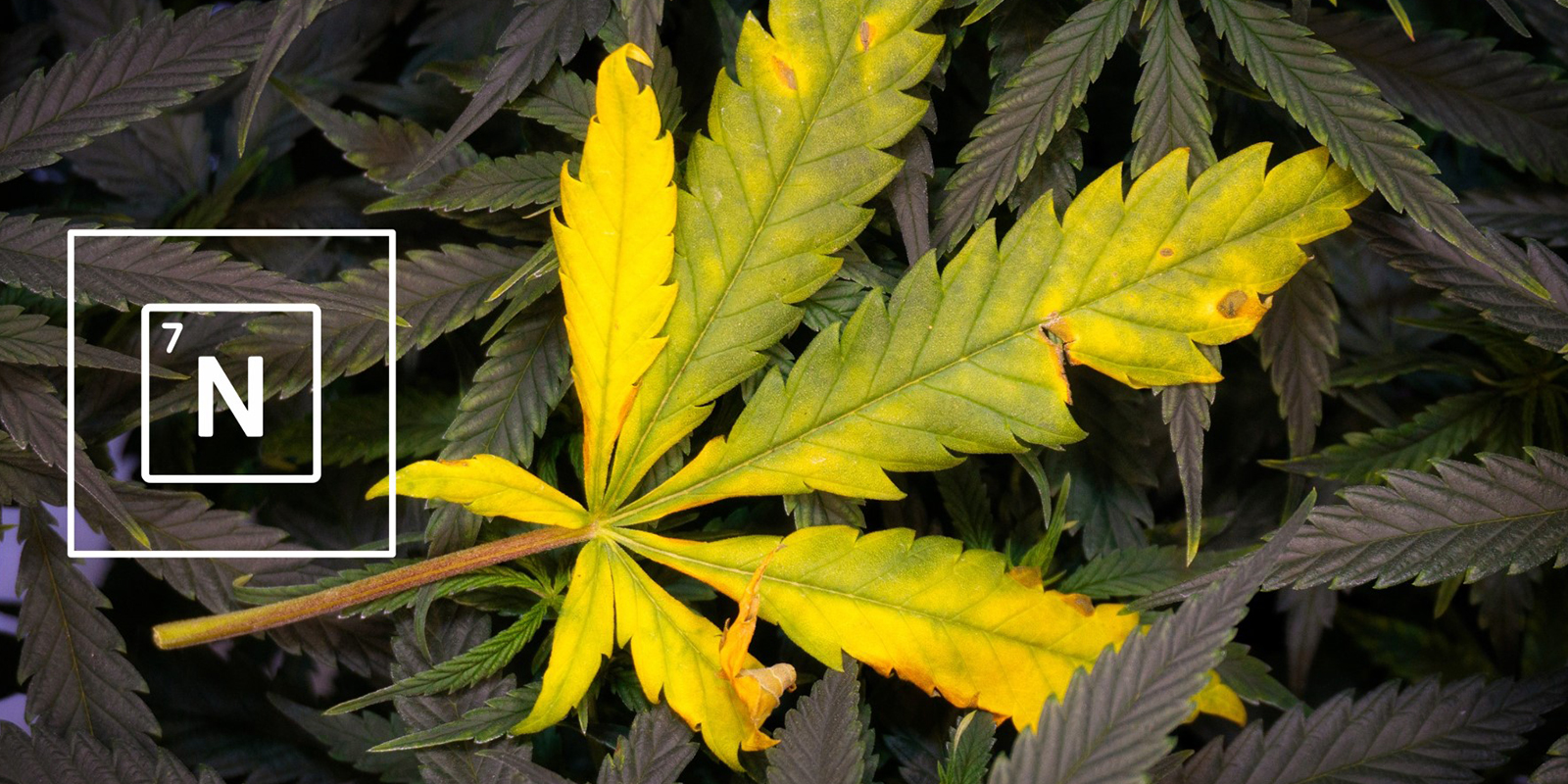
Nitrogen is one of the most vital macronutrients in cannabis cultivation, playing a central role in photosynthesis and overall plant development. As a key component of chlorophyll, nitrogen enables plants to convert light into energy, which fuels leafy growth and strong stems. It also contributes to the production of amino acids, proteins, and enzymes, everything your cannabis needs to grow vigorously.
Unlike immobile nutrients that remain locked in one place, nitrogen is considered a mobile nutrient. This means plants can move it from one area to another when supplies are low. As a result, the earliest signs of nitrogen deficiency usually appear on older, lower leaves. These leaves yellow first because the plant redirects its limited nitrogen reserves to support new growth at the top.
Understanding this mobility is crucial for correctly diagnosing nitrogen problems and distinguishing them from other deficiencies that affect younger leaves first. For a deeper look at mobile and immobile plant nutrients, take a look at our dedicated article.
When nitrogen levels are well-balanced, cannabis plants remain lush, vibrant, and capable of rapid growth. On the other hand, too little nitrogen leads to weak, stunted plants with pale leaves, while too much can cause dark, clawed foliage and toxicity. Striking the right balance is key to maintaining strong, resilient plants throughout the growing cycle.
Nitrogen needs during pre-flowering and flowering stages
Nitrogen requirements aren't the same across the entire cannabis life cycle. During the vegetative stage, plants need high nitrogen levels to develop dense foliage, robust stems and a solid foundation for later bud production. At this point, nitrogen is the driving force behind the plant's explosive green growth.
However, their nutritional priorities change once plants transition into the pre-flowering and flowering stages. Cannabis reduces its demand for nitrogen and shifts focus towards phosphorus and potassium, which are essential for healthy bud formation and resin production. Providing too much nitrogen at this point can backfire, leading to leafy flowers, delayed blooming and compromised yields.
That said, nitrogen should never be completely cut out. A steady but reduced supply during flowering helps maintain overall plant health and prevents premature yellowing or die-off. The goal is to ease back gradually, giving your cannabis enough nitrogen to sustain life without overshadowing the flowering process.
Make nitrogen deficiencies a thing of the past
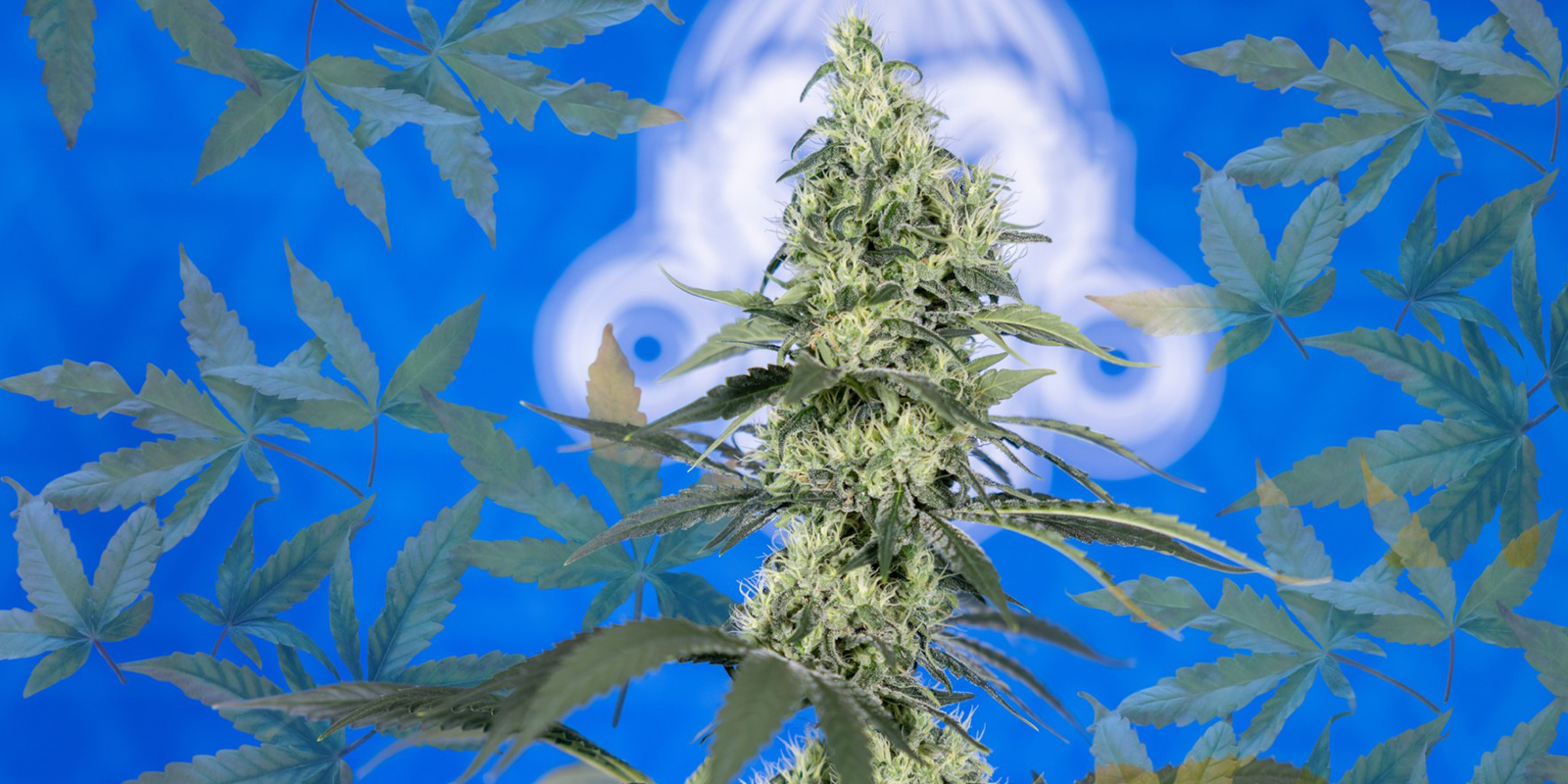
Nitrogen deficiency is one of the most common challenges cannabis growers face, but with the proper knowledge, it doesn't have to threaten your harvest. By learning to recognise the visual indicators: yellowing leaves, stunted growth, thin stems, and pale foliage, you can act quickly and stop the problem before it spreads.
To keep your plants consistently healthy, remember a few essentials. Monitor your soil and water pH to ensure nutrients remain available, and do provide a balanced feeding schedule that adjusts as your plants move from vegetative to flowering stages. Don't overload your plants with nitrogen during bloom, and don't ignore early signs of stress in the lower canopy.
With careful observation, timely action, and a proactive approach to prevention, you can eliminate nitrogen deficiencies, allowing your cannabis plants to flourish and deliver the strong, flavourful yields you're aiming for.





 United States
United States

